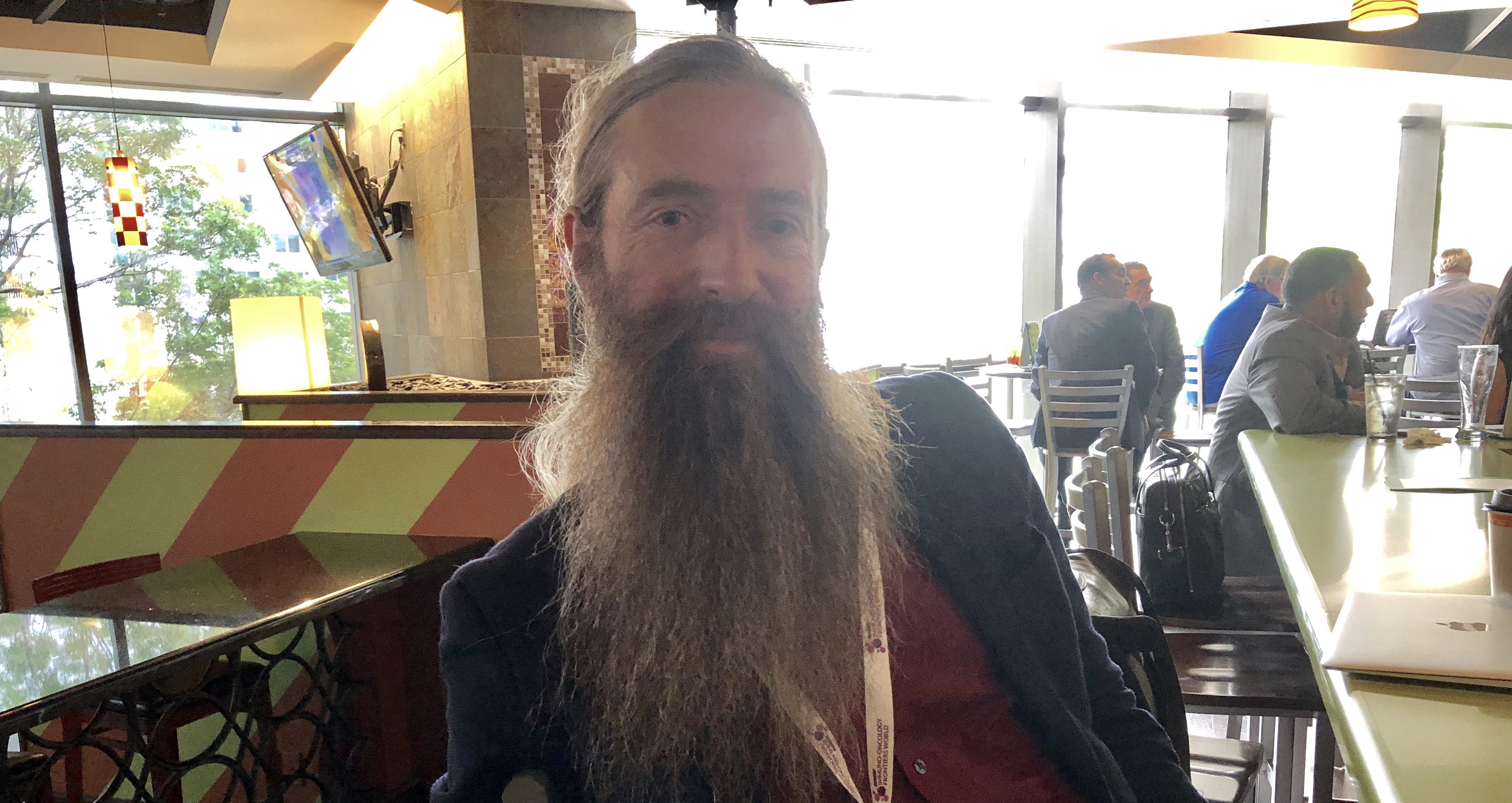Category: life extension

Does Aging Have a Reset Button?
Part of Vittorio Sebastiano’s job is to babysit a few million stem cells. The research professor of reproductive biology at Stanford University keeps the cells warm and moist deep inside the Lorry I. Lokey Stem Cell Research Building, one of the nation’s largest stem cell facilities. He’s joined there by an army of researchers, each with their own goals. His own research program is nothing if not ambitious: He wants to reverse aging in humans.
Stem cells are the Gary Oldman of cell types. They can reprogram themselves to carry out the function of virtually any other type of cell, and play a vital role in early development. This functional reprogramming is usually accompanied by an age reset, down to zero. Sebastiano figures that if he can separate these different kinds of reprogramming, he can open up a whole new kind of aging therapy. Nautilus caught up with him last month.

Could Klotho Treat Dementia
Researcher Dr. Dena Dubal, from the University of California San Francisco, is considering a new approach to combat neurodegenerative diseases, such as Alzheimer’s disease and dementia, using a protein known as klotho.
Aging is the foundation of age-related diseases
Instead of trying to understand each of these diseases and the complex mechanisms unique to both, she considered what all these conditions have in common; the answer, of course, is aging.

Altered Carbon Premiere Viewing Party SF w Aubrey/Life Extension
Viewing party of one of the most highly-anticipated science fiction stories onto the screen. Richard Morgan’s Altered Carbon on Netflix. Introduction speech by Dr. Aubrey de Grey, famous proponent of innovative biotechnologies.
Watch the premiere alongside other fans and talk about what you would do if you could live another 100 years.
https://www.netflix.com/title/80097140


Cancer ‘vaccine’ eradicates tumors in mice, holds promise in humans
Summary: Activating T cells in tumors destroyed most traces of cancer in mice, and had ‘amazing, bodywide effects,’ Stanford University researchers reported. The researchers are recruiting lymphoma patients to test the approach in a clinical trial. [This article first appeared on the website LongevityFacts.com. Author: Brady Hartman. ]
Researchers at the Stanford University School of Medicine used two novel agents to activate immune system T cells in tumors. The immune-boosting treatment destroyed most traces of cancer in mice the researchers reported in a study published on Jan. 31 in the journal Science Translational Medicine.
Injecting tiny amounts of two immune-stimulating agents directly into solid tumors in mice can eradicate all traces of cancer in the rodents, including distant metastases, the researchers found. The novel approach works for many different types of cancers, including tumors that arise spontaneously, the new study found.

Anti-Aging Pioneer Aubrey de Grey: “People in Middle Age Now Have a Fair Chance”
Aging is not a mystery, says famed researcher Dr. Aubrey de Grey, perhaps the world’s foremost advocate of the provocative view that medical technology will one day allow humans to control the aging process and live healthily into our hundreds—or even thousands.
“The cultural attitudes toward all of this are going to be completely turned upside down by sufficiently promising results in the lab, in mice.”
He likens aging to a car wearing down over time; as the body operates normally, it accumulates damage which can be tolerated for a while, but eventually sends us into steep decline. The most promising way to escape this biological reality, he says, is to repair the damage as needed with precise scientific tools.

Altered Carbon Trailer
For those of life extensionists who are in San Francisco or not far from it!
Tomorrow, February 2, 7:00 PM – 11:00 PM PST, 54 Washburn St, San Francisco there will be the *Premiere Viewing Party*!
In the beginning of the party longevity researcher & TED Fellow *Aubrey de Grey* will be making some remarks on the current state of longevity research here in the real world before we partake of the fictional one.

Researchers report promising pterostilbene and NR clinical trial results
Results of NR and pterostilbene clinical trial are promising.
A clinical trial of an NR and pterostilbene anti-aging supplement appeared to be safe over the short-term as it increased NAD levels in a sustained way. [This article first appeared on the website LongevityFacts.com. Author: Brady Hartman. ]
A clinical trial of NR and pterostilbene sustainably increased NAD levels and appeared to be safe over the short-term. Moreover, the study suggests that it increased the mobility of the aging test subjects.
Our NAD levels decline as we age, and as the theory goes, boosting NAD will also increase our energy and keep our bodies in better condition.

Could a protein named klotho block aging and dementia?
Could a protein called klotho block aging and dementia?
Summary: More klotho means better cognitive function says a scientist. By injecting the protein Klotho into mice with Alzheimer’s, a UCSF researcher improved their brain function. The researcher hopes to eventually apply the treatment to humans to treat aging and dementia. [Introduction by Brady Hartman, followed by a link to the full article.]
Neurologist and neuroscientist Dr. Dena Dubal wants to prevent dementia and aging with a protein called Klotho. Dr. Dubal, MD, Ph.D. – an associate professor of neurology at UC San Francisco – aims to use this novel approach to battle neurodegenerative diseases like Alzheimer’s disease and dementia.
Rather than battle these diseases head-on, professor Dubal aims to block the aging process itself. Dr. Dubal is testing the protein’s potential as a therapeutic. The researcher found that by administering the protein to mice, she gave them a cognitive boost, equivalent to genetically increasing klotho. In fact, after injecting the protein into mice that had a condition similar to Alzheimer’s, Dr. Dubal remarked.